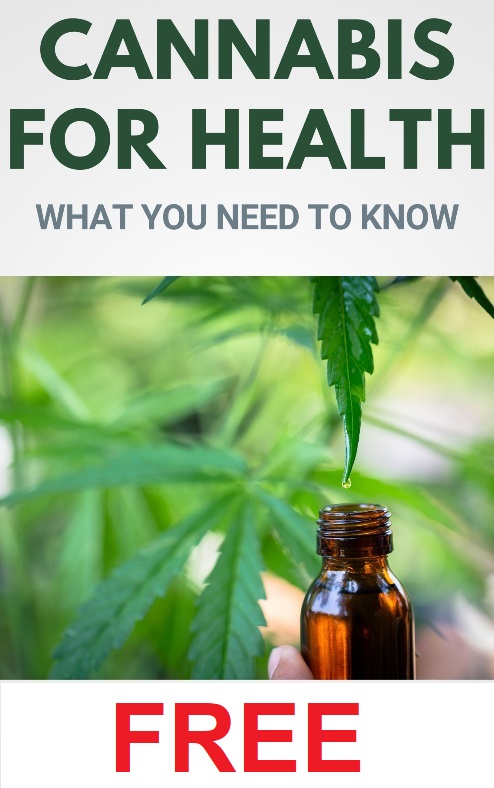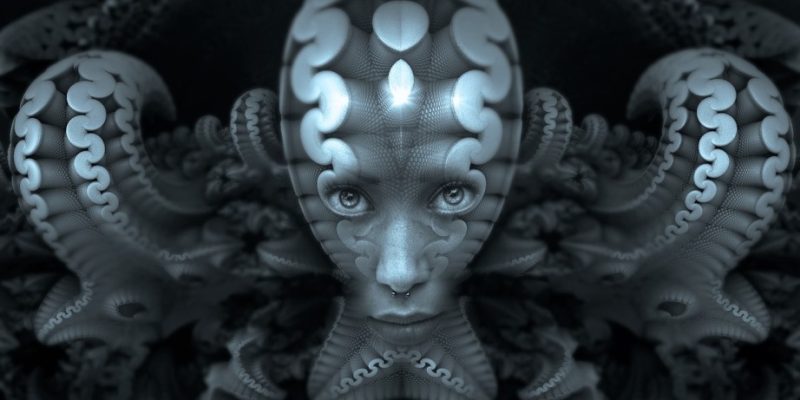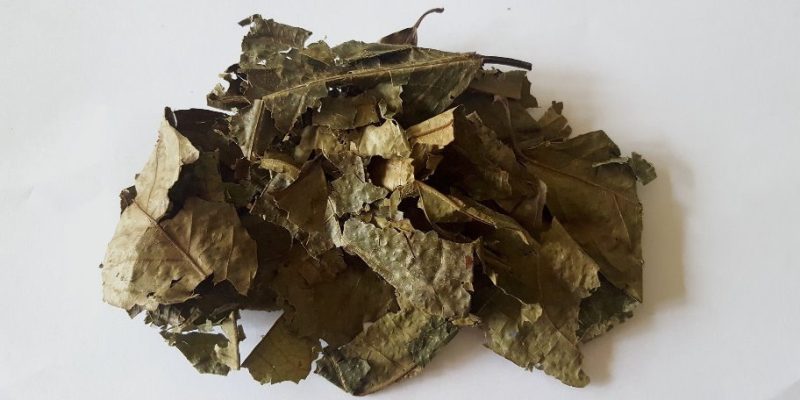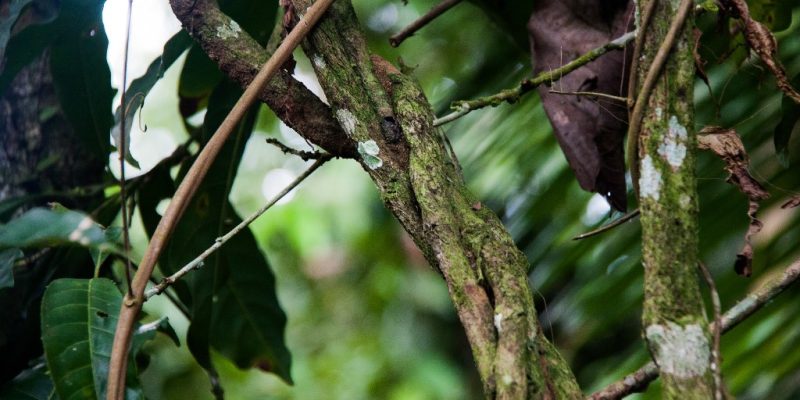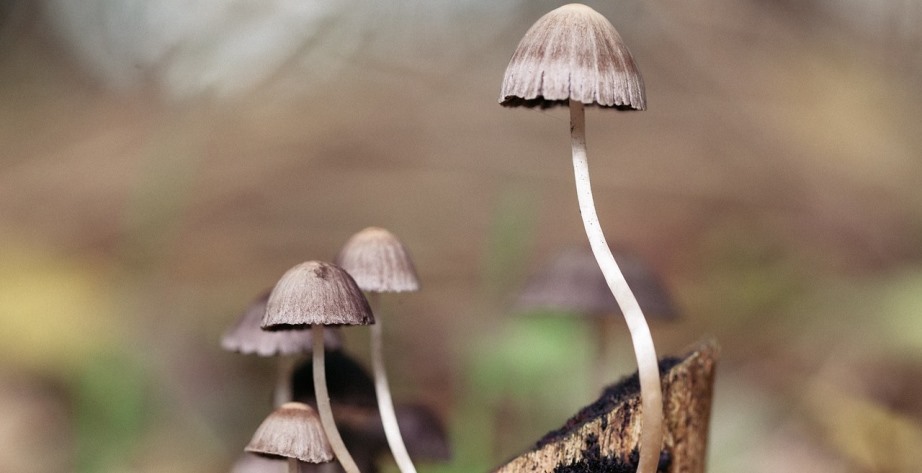
Psilocybin is a naturally occurring psychedelic compound that can be found in a large range of fungi species, such as yeasts, molds, mushrooms, and so on. Mind that mushrooms that contain Psilocybin (more than 140 species) are often colloquially called “Magic Mushrooms.”
Although Psilocybin itself is inactive, the body converts it into psilocin when ingested, which changes our awareness and consciousness by creating effects that are in some way similar to those occurring when ingesting Mescaline or Dimethyltryptamine (DMT), for instance.
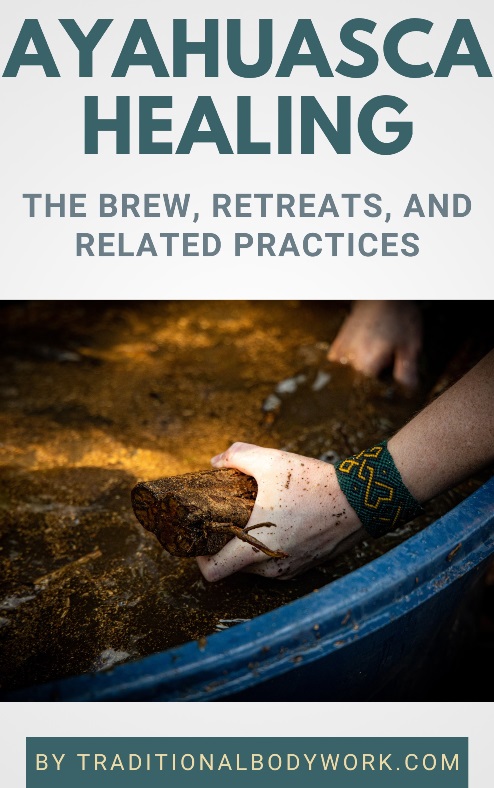
The psychedelic effects appear around twenty minutes after ingestion and can last up to eight hours. Perceived phenomena may include euphoria, intense joy, visual and mental hallucinations, changes in perception, time distortion, introspective and spiritual experiences.
Nevertheless, Psilocybin can likewise cause reactions such as drowsiness, muscle weakness, lack of coordination, nausea, vomiting, fear, and panic attacks. Additionally, each individual species of Magic Mushroom has its own unique composition, and as such the effects after ingestion vary widely.
Psilocybin mushrooms are consumed in many parts of the world (and can be found on all continents), but have been notably used by the indigenous communities of Mesoamerica and South America for healing, religious, divinatory, and spiritual purposes. Moreover, a number of Ayahuasca and other types of plant medicine retreats incorporate the use of Magic Mushrooms in their rituals, ceremonies, and/or healing practices.




